Bunda Cliffs, cliffs that look like the end of the world
Located on the Large Australian Bay in the south of Australia , is the vast and monotone plain of Nullarbor, the largest set of limestone in the world, with an area of 200,000 square kilometers that spans about 1100 km east in the West. The region is so flat Trans-Australian Railway crosses its surface on about 483 km on a completely straight line. On the surface of the plain there are some areas of slight depressions where rare precipitation slowly eroded part of the limestone rock. There are also places where dolines have formed, creating cuts on the surface. But above all, the plain is horizontally flat and without trees. The plain of Nullarbor suddenly ends at spectacular Bunda cliffs (Bunda Cliffs), which extends over 200 km of precipice on the banks of the Great Australian Bay.
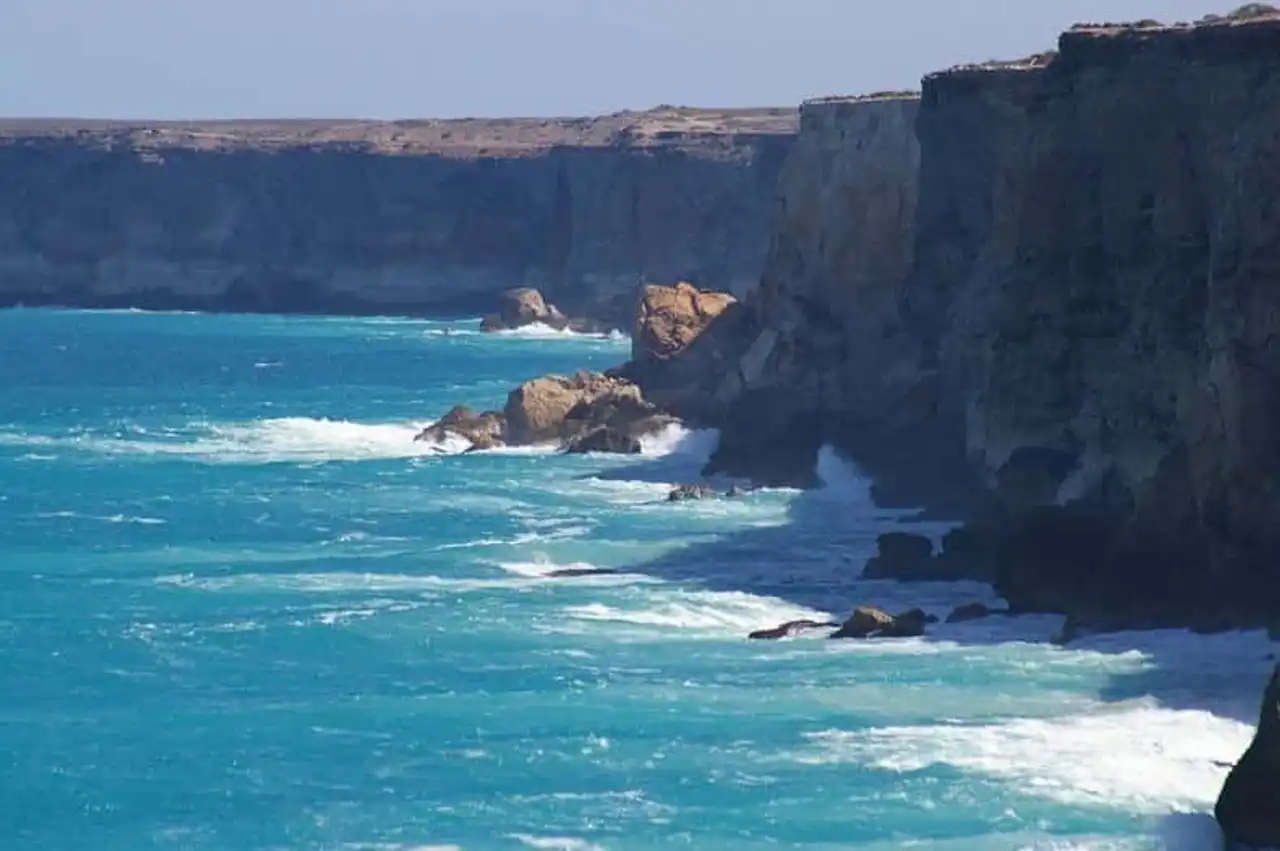
♪ Bunda Cliffs form the south edge of the Nullarbor plain, which extends far into the land. The white color base you see at the bottom of the cliff is the limestone of the promontory of Wilson . This limestone material was formed from a former seabed when Australia began to separate from Antarctica 65 million years ago. This “Wilson limestone” can measure up to 300 metres in thickness, but only the upper part is visible on the Bunda cliffs.
Above this white limestone, you can see whiteish, grey or brown layers of limestone or crystalline rocks. Some layers include marine fossils, including worms and molluscs indicating their marine origin. Other layers are entirely made of marine sediments ( foramin ). The cliffs are covered by a layer of sand hardened by the wind formed a priori between 1.6 million and 100,000 years ago.
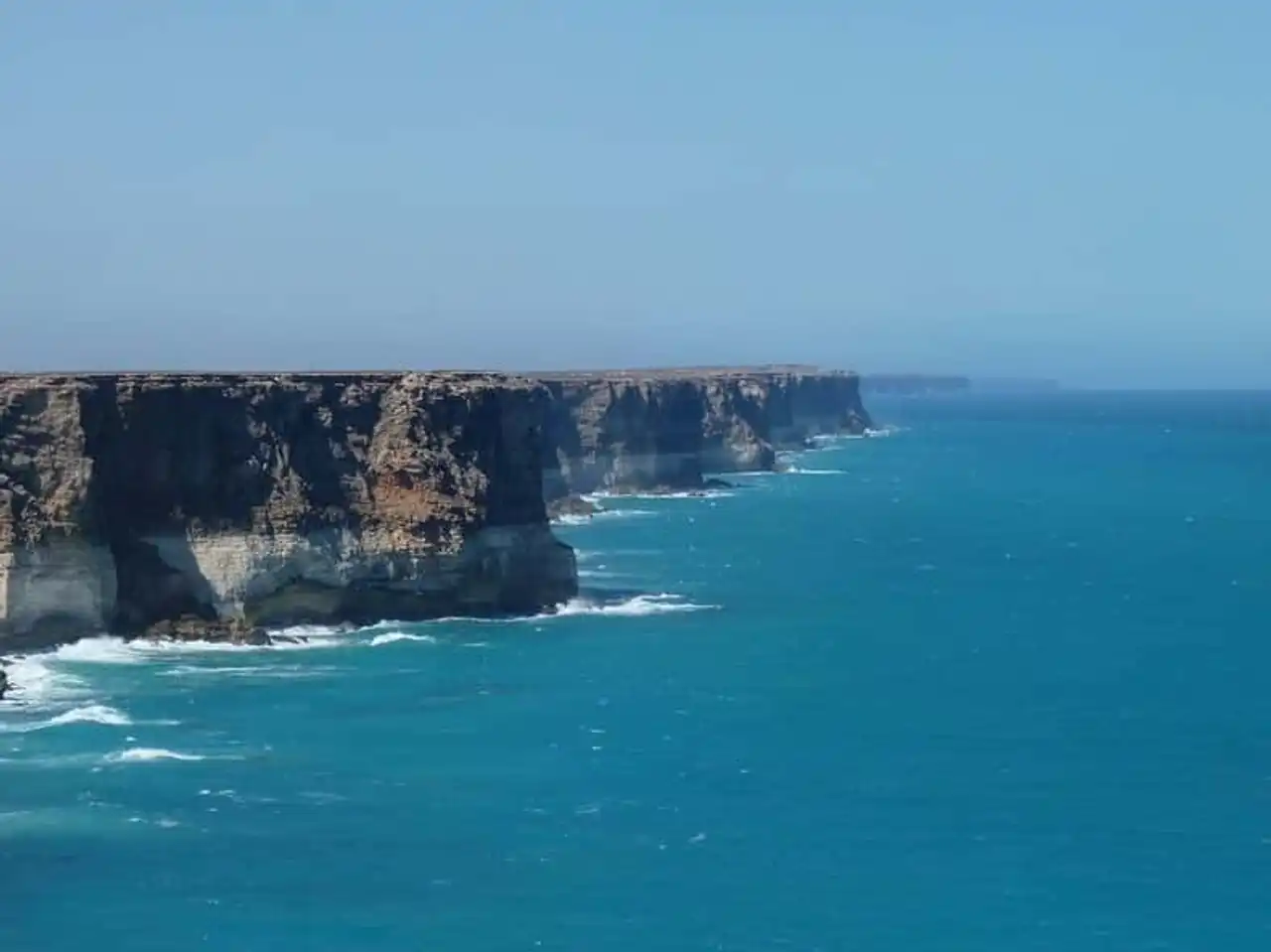
The cliffs are 60 to 120 metres high and are steep. There are several views to admire them along the Eyre Highway between the city of Eucla and the Nullarbor Roadhouse . But the ideal is to observe them from heaven. The Eyre Highway, Australia’s main east-west highway, follows the coast of less than a kilometre in the land. The highway was named after Edward John Eyre, who, with John Baxter and three natives, departed from Fowlers Bay ( South Australia ) in February 1841 to try to reach Albany in Western Australia through the plain of Nullarbor. The Eyre Highway was laid exactly a century later in 1941.
On a distance of 85 kilometers along the highway, there is five main viewers on the cliffs that are indicated and accessible from the highway. The most beautiful view to the West is the most popular because you can walk on rocks advancing above the cliff, offering an advantageous point of view (this point is located here ).
At the east end of the Bunda cliffs is a “Head of the Bight” window where you can spend hours at watching the southern free whales in the ocean below the cliffs. Southern whales migrate from the Subantarctica in the fall and give birth to small ones along the southern coast of Australia, then remain in the vicinity for months while whales gain weight. Head of the Bight is one of these places where they can be observed.

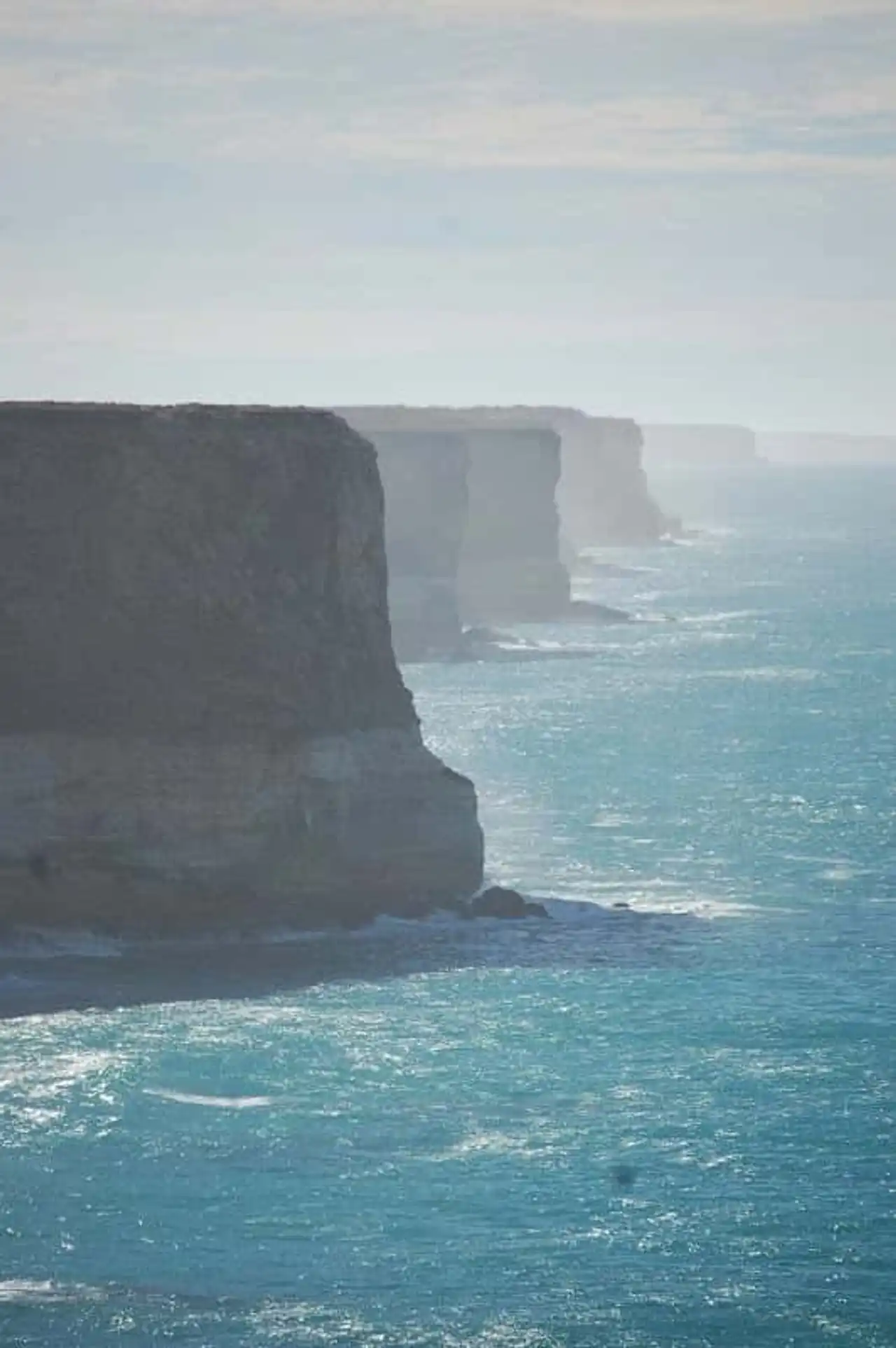
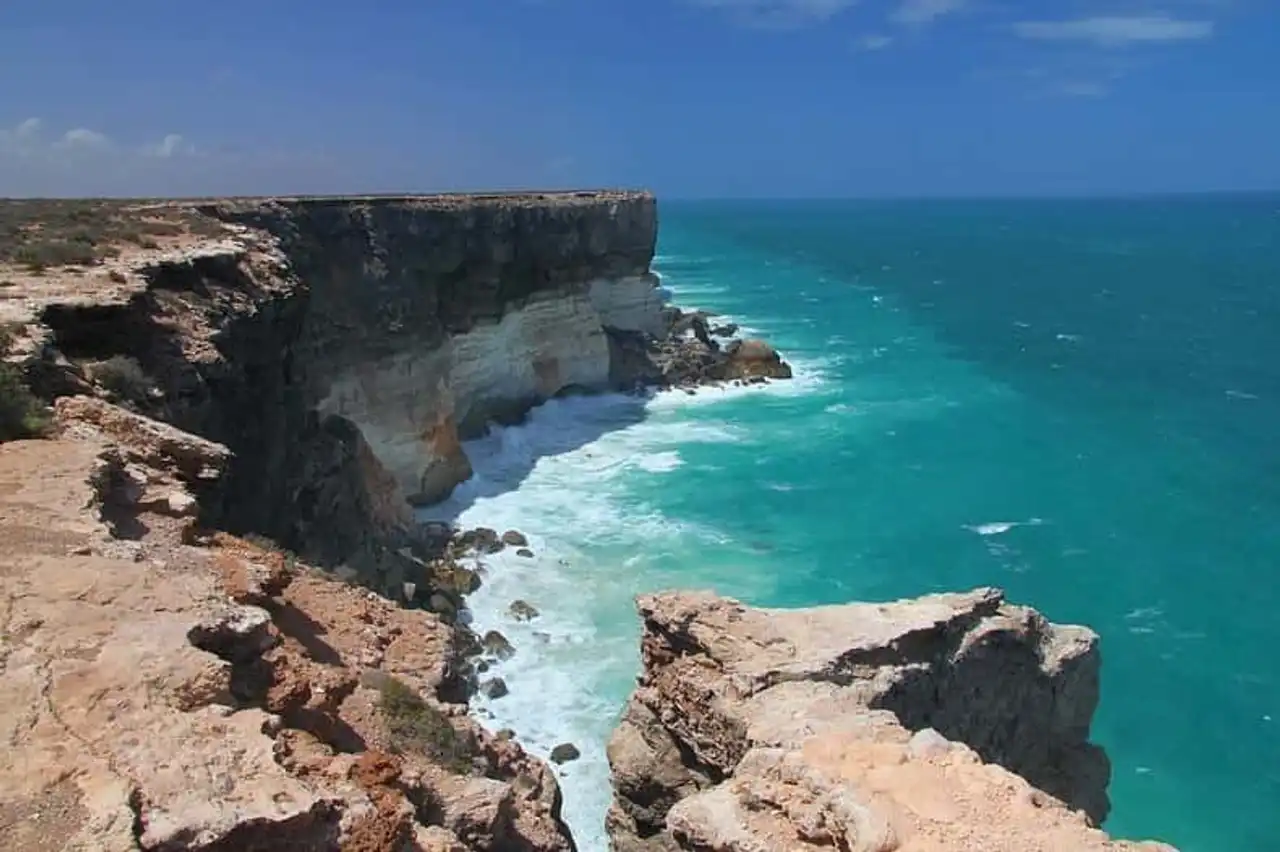
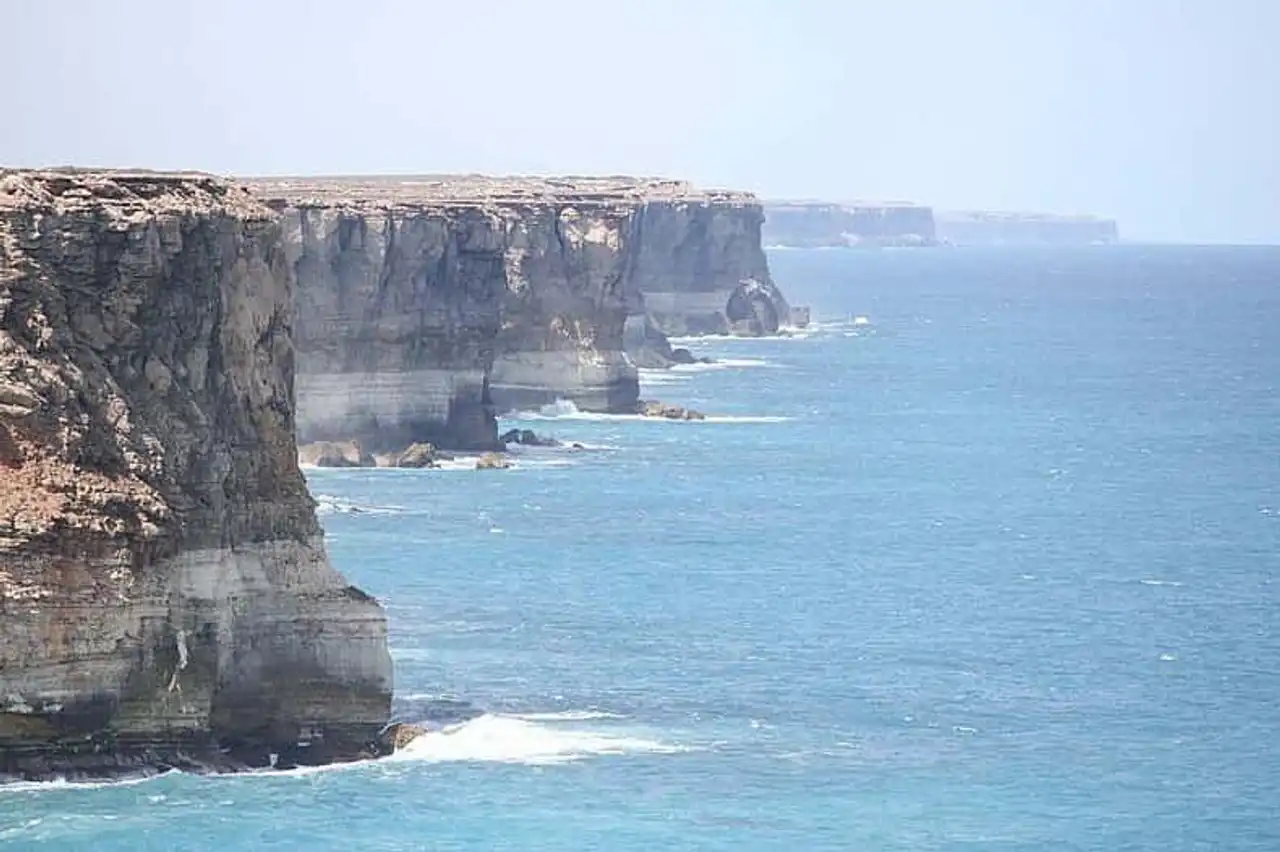
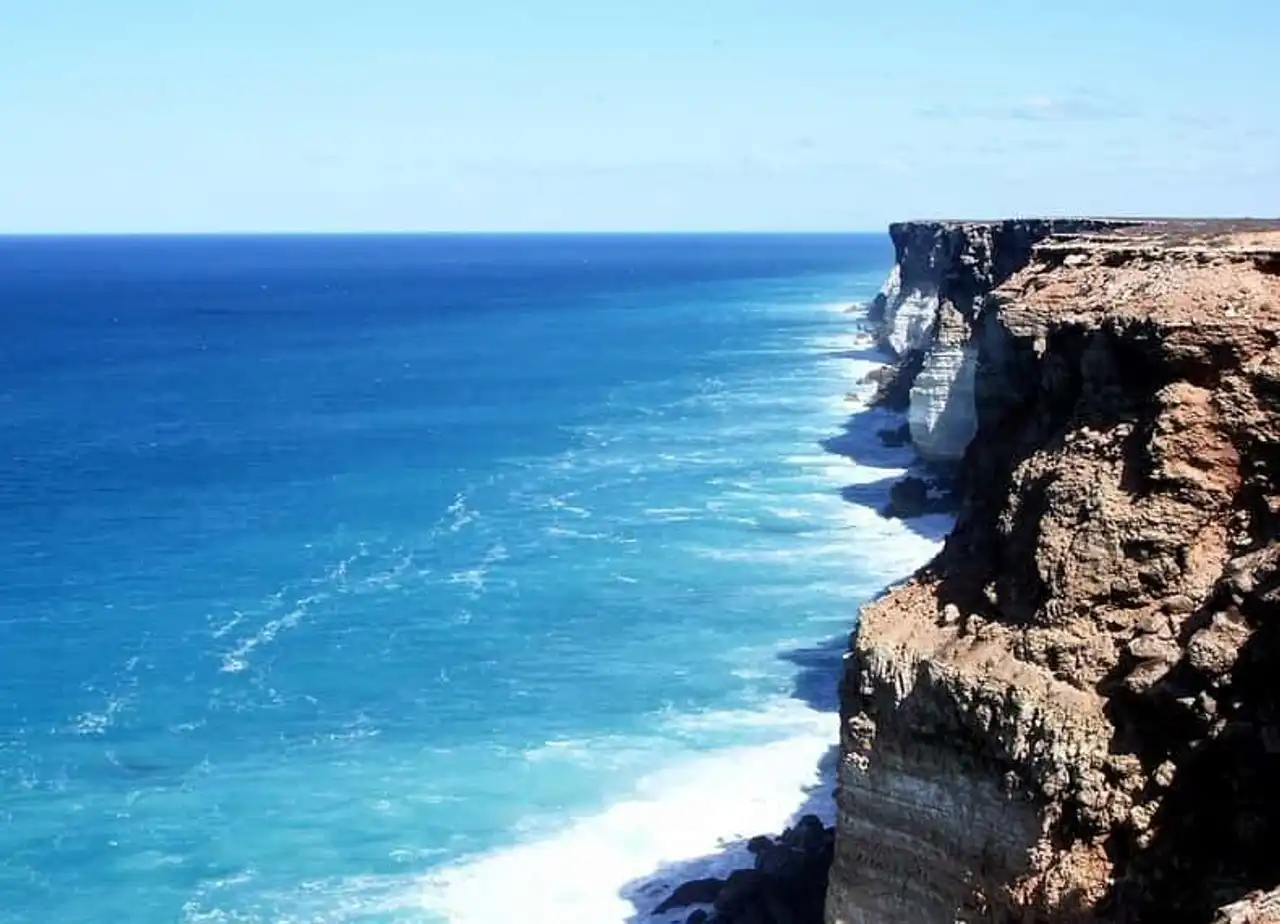
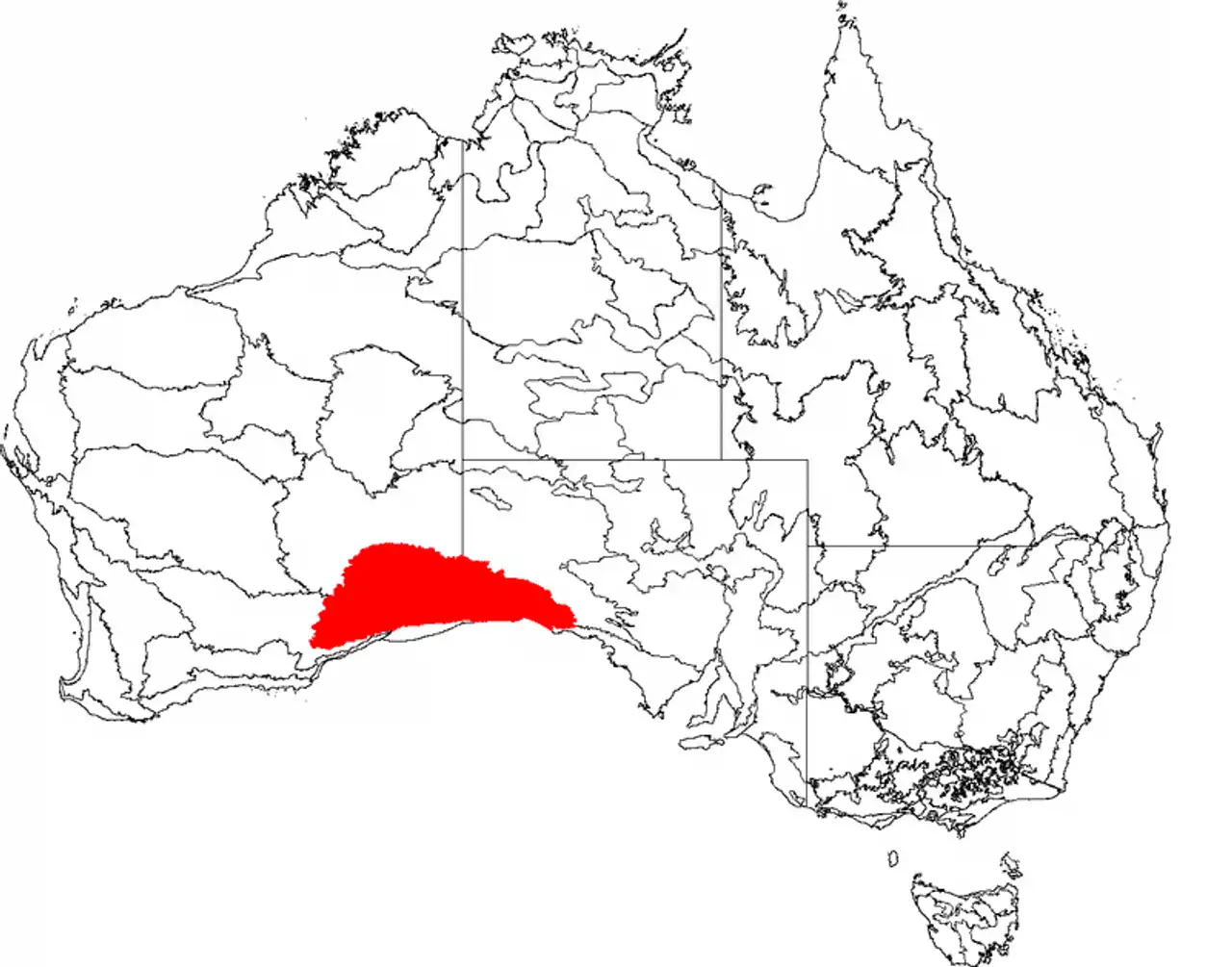
Sources: Wikipedia , Amusing Planet







Loading comments ...